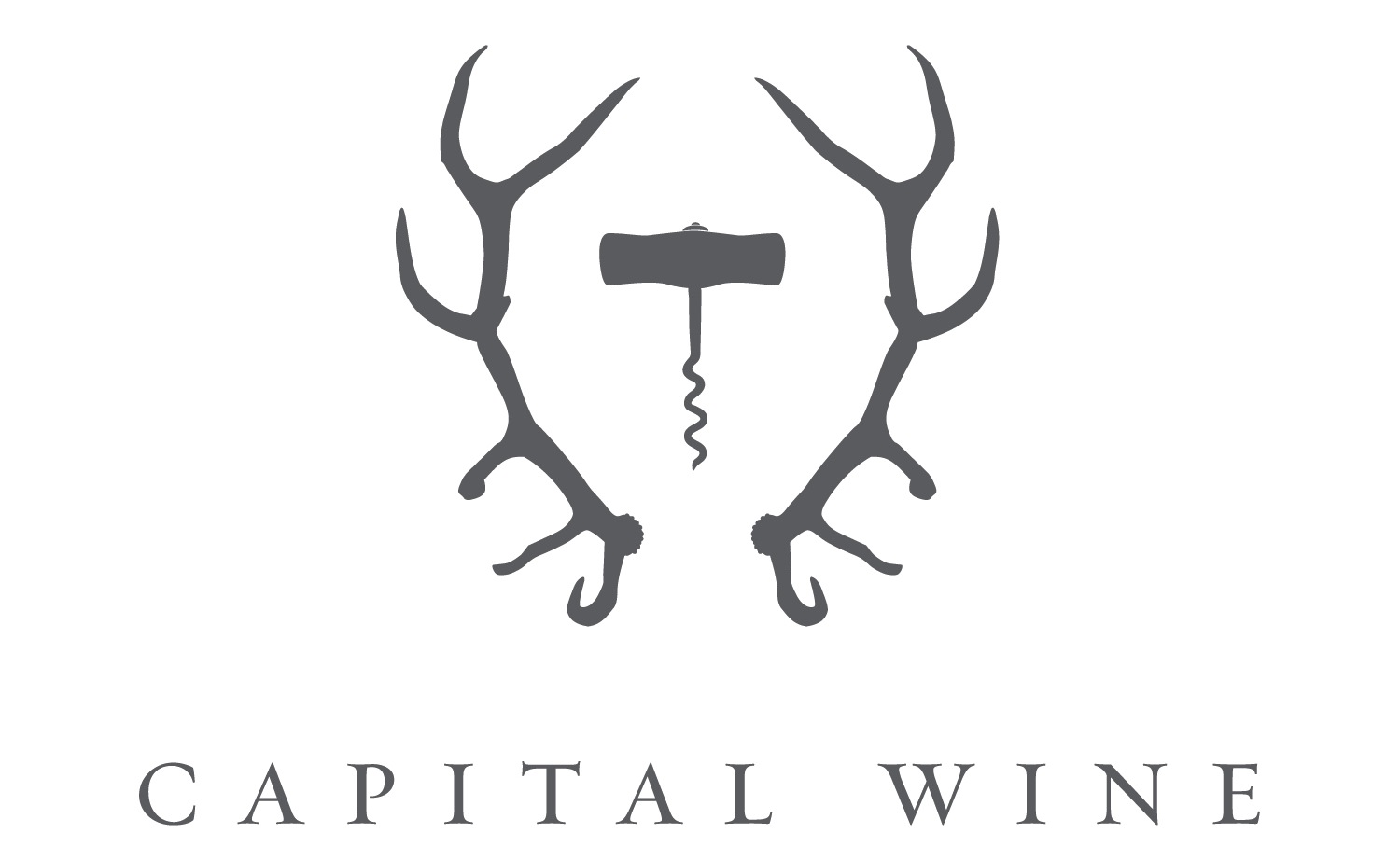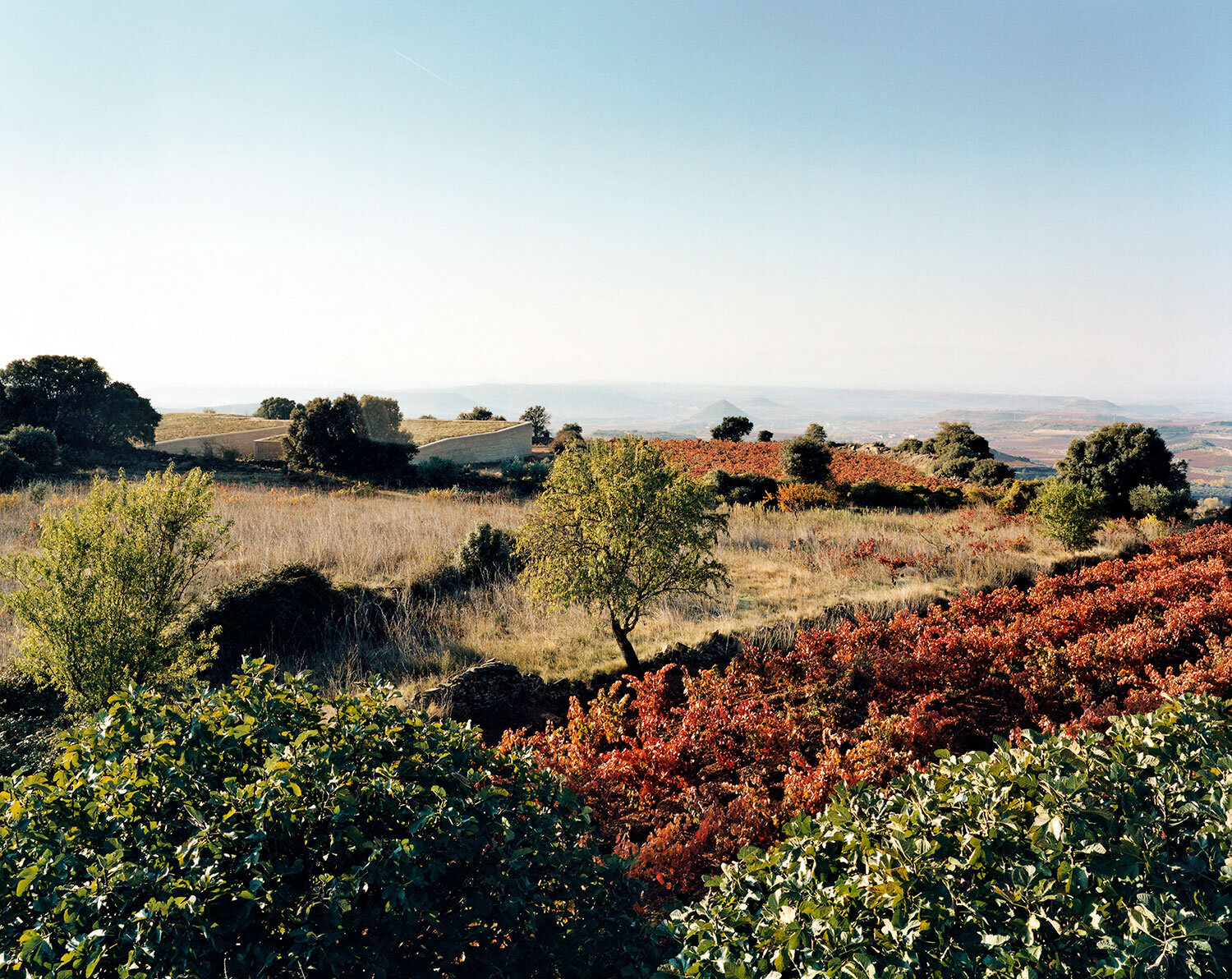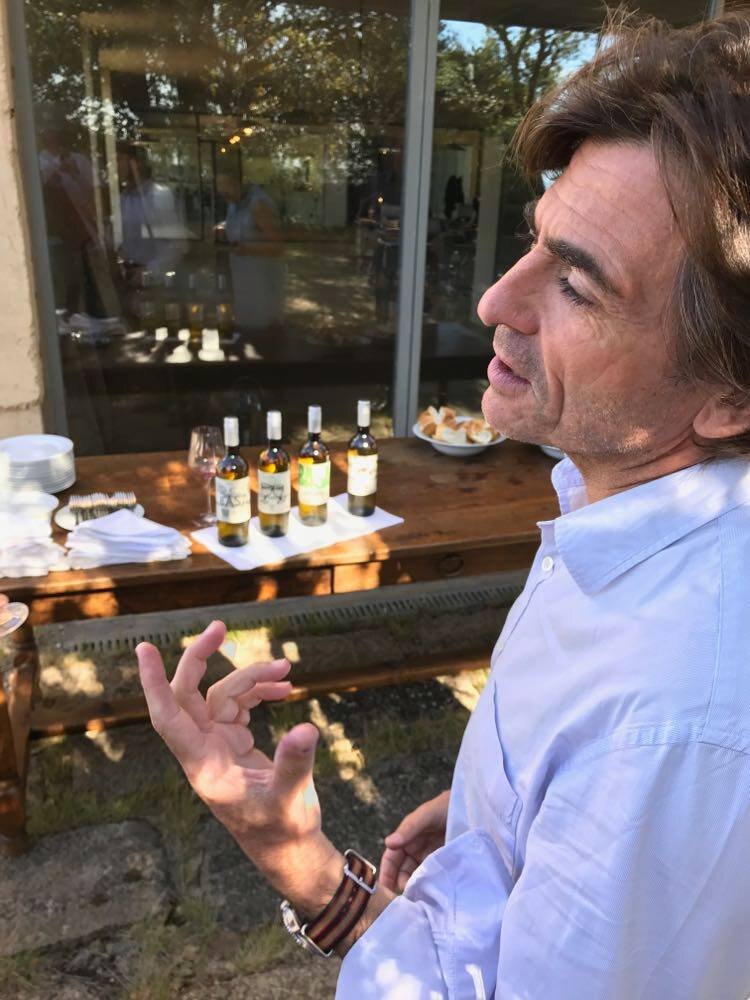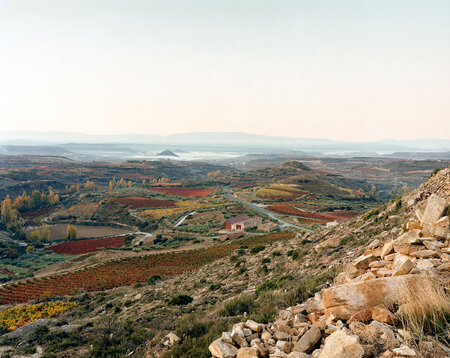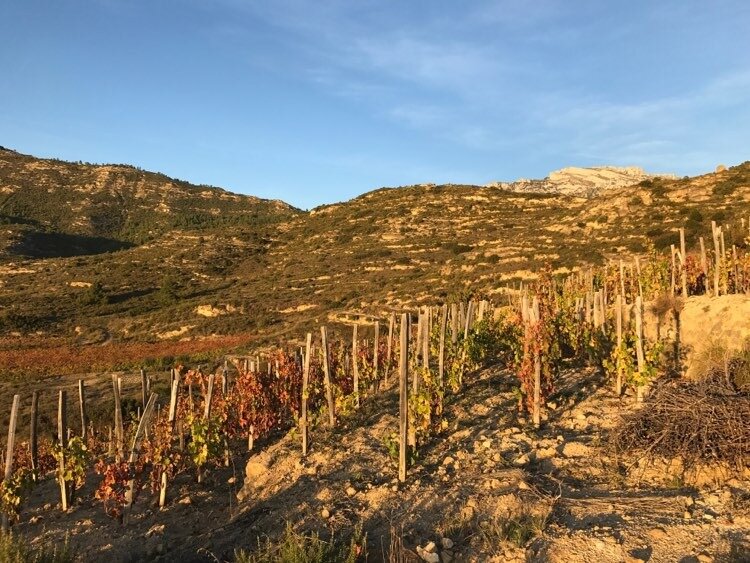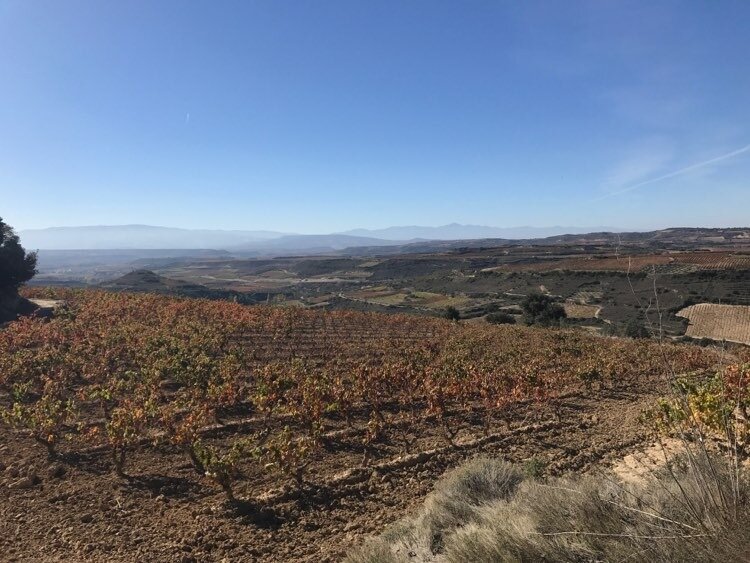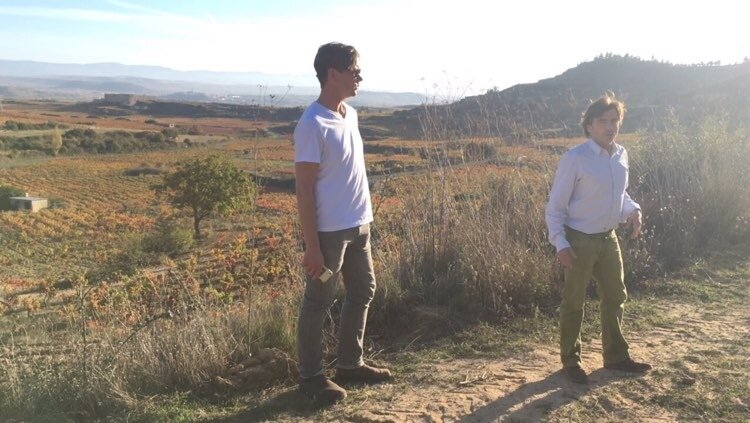The Wines of Telmo Rodriguez
Anyone who knows me knows how much I love Telmo Rodriguez’s wines. I rave about them often, and there’s usually at least one of his wines in any list of recommendations I make. But that’s easy to do, because he makes so many different styles of wine from around Spain: light, fresh, complex whites from Rueda, massive Tempranillos from Toro, crazy interesting field blends from Rioja, floral and sweet Muscat wines from the mountains of Malaga. I always refer to Telmo as a Terroir Hunter, of sorts, considering the way he seeks out old abandoned vineyards across Spain to revive and make traditional style wine from. Telmo now farms 355 little vineyards totalling just 80 hectares all around Spain with 43 different varieties of native grapes. And it’s the context of how he got here and what he’s done for Spanish wine, coupled with how interesting and delicious his wines are that make him one of my favourite winemakers in the world. But we need to rewind a little to understand that.
Telmo Rodriguez with a Verdejo bush vine in Rueda.
Telmo grew up in a winemaking family. His father was a Basque businessman who purchased the historic Remelluri Winery in the 1960’s and Telmo grew up between the Rioja winery and the Basque country where his family is from. He went to university in Bordeaux, assuming to eventually take the reins of Remilluri one day. While in school Telmo worked at Cos d’Estournel and became acquainted stainless steel tanks, French oak barrels, as well as the French concept of terroir and viticulture. He became friends with a fellow Spaniard Pablo Eguzkiza who was also in Bordeaux for school and was working at Petrus. They were both learning from two of the greatest wineries on earth, but they were also learning about more traditional types of winemaking like biodynamics. When Telmo returned home he saw the majority of Spanish vineyards through a different lens. So much of Spain’s rich historic winemaking culture had been co-opted by the French.
To explain this, we need to go back to the late 1800’s when the phylloxera pest had come over from America and killed off the majority of European grape vines. Phylloxera is a little louse, similar to an aphid. It eats the leaves and roots of grapevines, eventually killing them. It was the worst disaster to ever hit the wine world, crippling the European wine market for decades. But there are 2 things that phylloxera doesn’t like: sandier soils and high altitudes, and Spain has plenty of both. So as most of France’s wine industry was barely functioning in the late 1800’s, many of the Chateau owners and winemakers moved south to Spain and either got work as winemakers, or purchased land and began making wine in Spain.
Spain’s winemaking history was as old and culturally imbued as France’s, if not more so. Every home in every village in Spain used to make their own wine. If a home didn’t have it’s own press, the village usually had a communal press that anyone could use in the town square. Grapevines were planted all over on mountains, valleys, and interesting hillside terroirs where they grew more naturally in bush vines, as opposed to fields of vertical trellised grapes row on row. There was no new oak barrels purchased every year. If you had barrels they would be used for many years, long after they make the wine taste oaky. But for the most part people used large cement fermenters to make and age their wine. This winemaking was a way of life for centuries, a thriving local culture and widespread business up until around the first World War.
When the French came along, they regarded all this hillside bush vine and cement fermenter business as the winemaking of less sophisticated backwater peasants and encouraged the influential families and authorities to follow their model. This was an enticing proposal to the rich wine families because they could potentially begin to pursue export to international markets the way that Bordeaux, Burgundy, and Champagne were enjoying. The problem was that the majority of Spain’s winemaking families could not afford to produce wine this way. For example: the Rioja DO requires you to age for at least 1-2 years in barrel and 1-3 years in bottle after that, depending which type of Reserva you’re making. In today’s dollars, new French oak barrels cost $1300 each. Scaled for inflation, imagine what that cost back then. What regular family could afford that? Not to mention sitting on product for 2-5 years with no cash flow while it ages? This was how we came to have the Crianza, Reserva, Gran Reserva D.O. model that we know in Rioja today. Lots of oak, and lots of time.
As a result of that, this put so many small local family wineries out of business and created almost a feudal system where peasant grape farmers sold their grapes to the big family companies. The traditional bush vines planted on crazy interesting terroirs went by the wayside in favour of neatly trellised rows of grapes in fields.
Fast forward to the early 1990’s. Telmo has graduated from university, moved back to Spain, Rioja is the king of Spanish wines and is famous all over the world for it’s big, oaky Reservas and Gran Reservas. Telmo goes home and wants to introduce biodyamics to his family’s winery and apply a lot of the holistic winemaking methods he learned. This was not met with positivity, it causes a big rift, and Telmo breaks away from his family to pursue his own business. While travelling Spain by rail with his winemaking friend Pablo, they see all kinds of epic abandoned vineyards all across the country. Gnarly old bush vines on mountains 1000 meters high in the Sierra de Gredos, on cliff-side vineyards in Valedorras, and they begin to see Spain and it’s viticulture through a different lens. They realize that so much of what they always thought was legit Spanish winemaking was just French modern influence at best, or wine colonization at worst. And that authentic, traditional Spanish winemaking had all but been abandoned.
Gnarled old vines on the steep hillsides of Valedorras.
So Telmo and Pablo begin to see this as their calling: reviving authentic “pre-phylloxera” or “pre-war” Spanish winemaking. Together they partnered to start Compania de Vinos Telmo Rodriguez. They begin travelling across the country seeking out epic old vineyards, many of which haven’t been touched in decades or longer and have started to grow wild. They would literally be knocking on grandmother’s doors in small rural outcrops asking to buy or lease their vineyards for grapes that haven’t been touched or productive for a generation. Clearly this was a no-brainer to anyone they approached and thus began Telmo’s wine career: he and Pablo would revive the vineyards, pick the grapes, restore ancient buildings to use as their wineries and ferment naturally with wild yeast, then bottle and send back to their home base in Rioja for distribution. They first started with white wines from Rueda, then Moscatel from Malaga, then back to Rioja, then Ribera Del Duero, Garnacha from Siera de Gredos, and Toro and on. Click here for a full timeline of Telmo’s 30 year journey across Spain.
Telmo was also the first winemaker in the mainstream really pushing the idea of biodynamics. If he wasn’t already a black sheep giving two middle fingers to his family and all of the Spanish winemaking establishment, then when he really leaned into biodynamics that really put him over the edge in the eyes of his contemporaries. At the time biodynamics was a small fringe culture regarded as crazy witchcraft. It was at a time when very scientific winemaking was really taking off, advancing techniques that becoming more mechanized, and wines became produced more like commodities. So biodynamics did not have much of a place in the mainstream as a philosphy or a pseudo-science that relied on the cosmos more than scientific numbers. Telmo kept plowing along as the flag-bearer of biodynamics in Spain throughout the 90’s, 2000’s and 2010’s. Today biodynamics have become cool, there are lots of wineries doing it but now, and Telmo was the guy who went from black sheep to godfather of the movement in Spain.
Bodegas Lanzaga, Telmo Rodriguez HQ in Lanciego, Rioja.
In 2017 I drove across Portugal and Spain, and was lucky enough to spend 2 days with Telmo in Rioja as he showed us around all his vineyards and we tasted through the cellars. This is when I really gained my appreciation for the man and what he does. Every angle of his philosophy and operation is rooted in tradition and an authentic respect for the land. Even his ultra-modern winery is nearly invisible from most angles as it’s camouflaged among the vines and mountain side. He didn’t want a winery that would be a large monument to himself perched on the hill, detracting from the natural beauty of the landscape. It’s made from baked earth blocks, iron, and the staves of old barrels. Complete with a living roof of native grasses, it’s architectural work of art, humbled by the environment. Click here to see more from the architects website.
His vineyards are another aspect of his staunch traditionalism. He doesn’t buy any young vines from nurseries, everything is propagated from other plants within the vineyard, a process called massale selection. As we toured the vineyards Telmo began to get frustrated when anyone asked “and what varieties are in this field?” We’ve all become accustomed to thinking about vineyard blocks separating varieties, as you move from the Cabernet block over to the the Merlot in most modern vineyard, etc. But as he explained, there the vineyard is the terroir AND the varietal. They are all field blends, meaning that various varietals are mixed within each row, or the randomly scattered bush vines on a hillside could be any number of different grape varieties, all of which get harvested as one, and co-fermented together. That is the traditional expression of Spanish vineyards. If one plant dies, a cutting from another stronger plant is grafted onto the rootstock or just newly planted on its own. Over time those massale selection varieties slightly mutate, evolve, and change some characteristics. He could point out individual random plants that were Tempranillo, Graciano, or Mazuelo, but said none of that matters, it’s about the vineyard as a whole…not the sum of its parts. It’s a rejection of the modern idea that the grape varieties need to be neatly identified to be considered legitimate. Back to the way it had been done for centuries. Each vineyard is meant as a different terroir expression, not a different varietal plot. The vineyards are separated by stone terraces built from collected rocks throughout the vineyards, keeping things as natural as possible, encouraging wildlife to flourish and foster all kinds of biodiversity.
Lastly, another note on biodynamics. Telmo was the pioneering force behind this movement in Spain, yet I had noticed over the last several years fewer of his bottles carried the Demeter biodynamic certification on them. So I asked Telmo what was up with that? The guy who was the largest advocate in the country has slowed down on biodynamics himself? His answer was that realized that after 2 decades of working biodynamically, it wasn’t necessarily the best thing for all the vines. He said: you have to keep in mind that biodynamics were a set of principles invented for farming crops and livestock in Austria in the 1920’s, that’s very different from farming grapes in Spain at 1000m altitude in 2017. He knows biodynamics inside and out, and his wines are as green and natural now as they have ever been, but there are certain biodynamic practices that didn’t really contribute to making the vineyards and wines better, and achieving and maintaining the certifications are expensive, so in certain places they stopped certifying it. They still use a lot of the practices, but have fine tuned what works best for each area. All his wines are certified organic and many are still certified biodynamic, but after all these years he’s been able to learn which vineyards need what to thrive the most.
All that being said, today Telmo and Pablo are making the best, most traditional wines they’ve ever made. They’ve also inspired and mentored their neighbouring farmers in their small Rioja town of Lanciago to farm in the same traditional way. And now he’s able to support them by buying their fruit to use in his ‘LZ’ wine and maintain their expression of place for a ‘village wine’ of Lanciego. Then his ‘Lanzaga’ remains entirely estate fruit as their ‘1er Cru’ wine of the region. Telmo’s website is rich in information about each area they work, as well as each wine they make, with background stories on each region and detailed tech sheets for each wine. And the stunning photography really puts into context how extreme a lot of their terroir really is.
